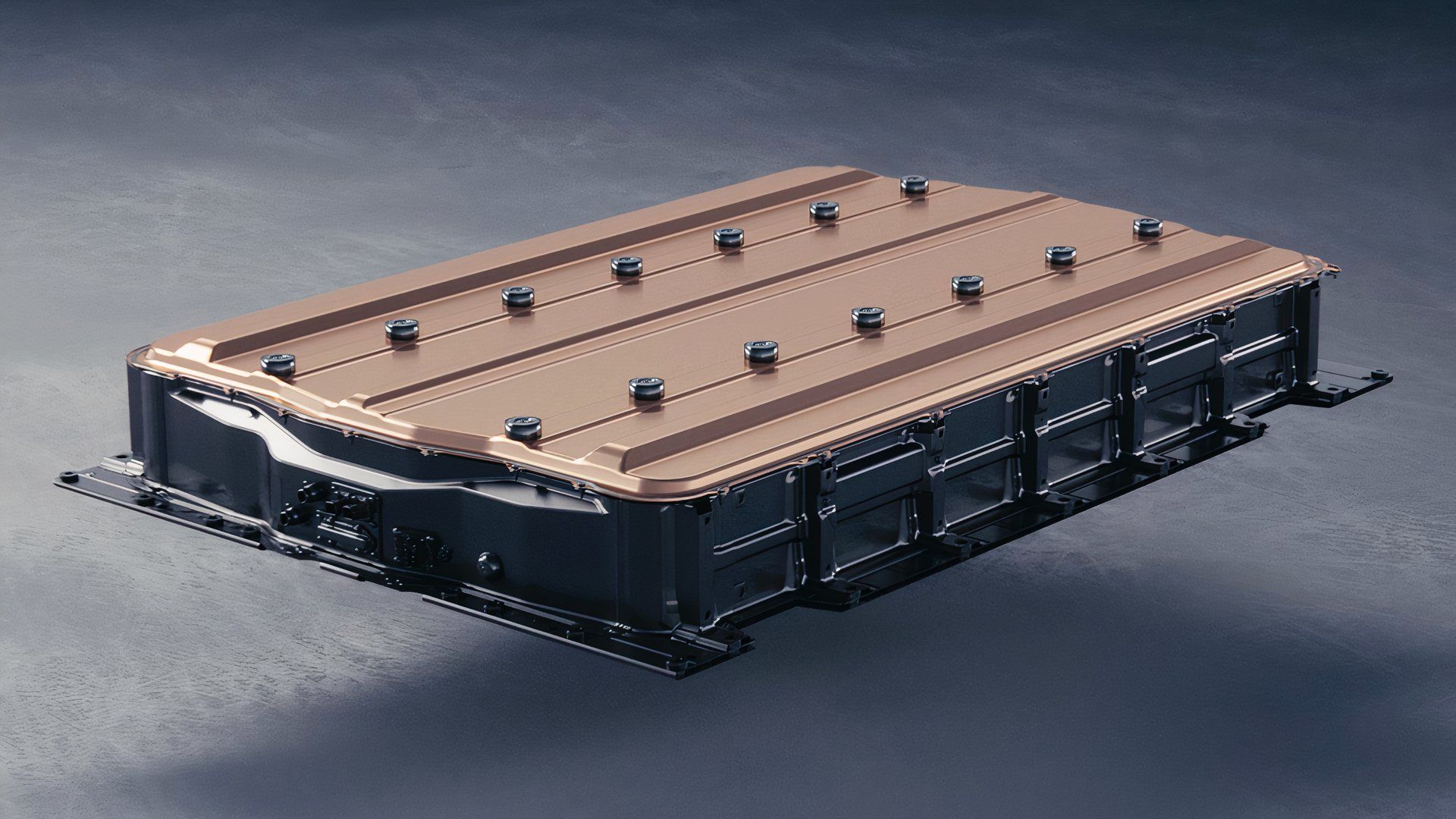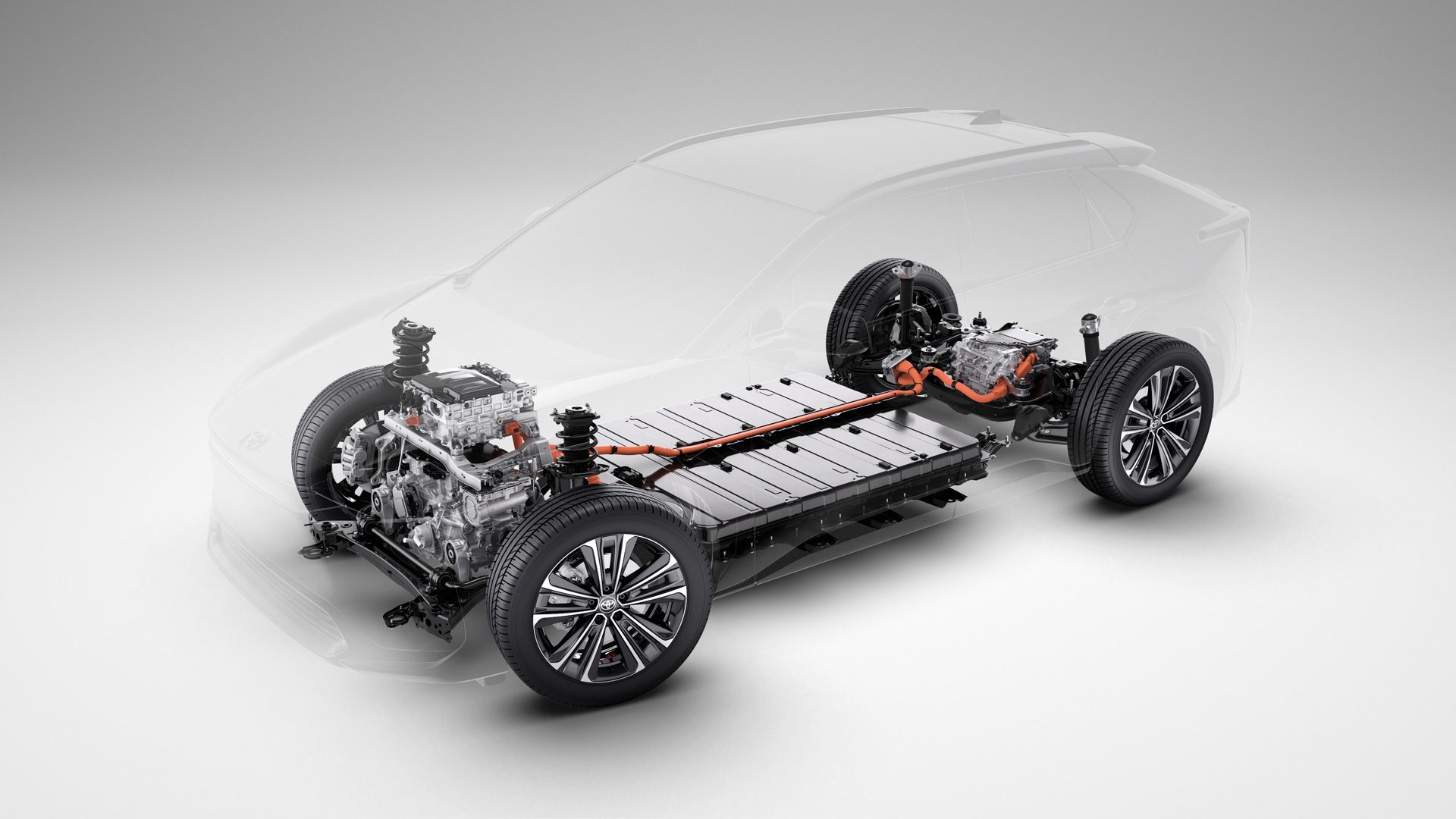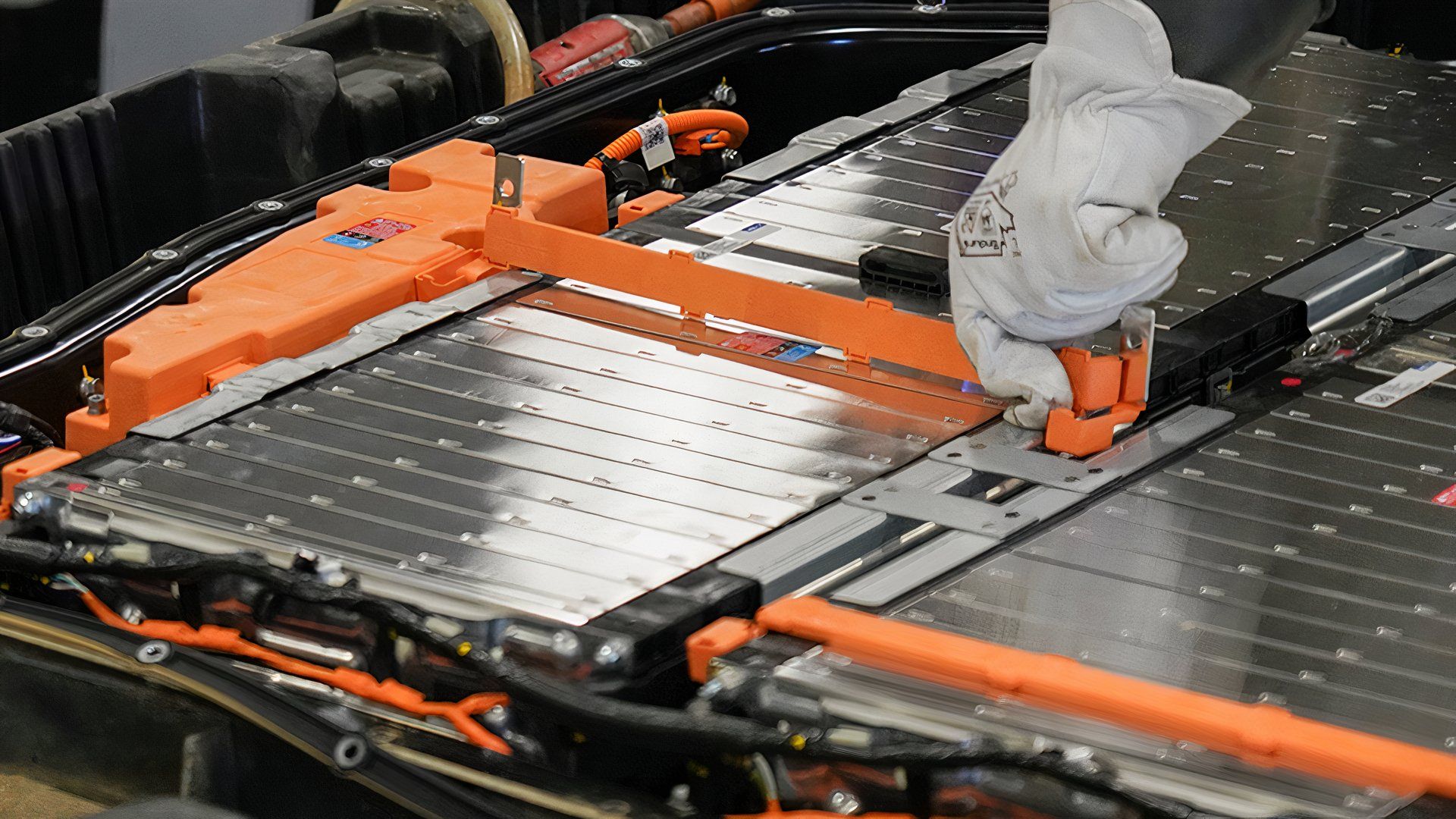The disastrous flood that hit North Carolina in recent days has sparked the debate of whether electric cars are more at risk of bursting into flames when confronted with a large body of water. This is a valid concern, considering how we’ve already seen a couple of
electric cars burn to the ground
due to battery-related issues. The Chevrolet Bolt is the most noteworthy example of how poor manufacturing standards can result in disastrous outcomes that can put you at serious risk. This is one of the many reasons why potential buyers defer their decision to make the switch to a fully electric vehicle ownership experience.
We also have to point out that there have been a number of instances of ICE cars burning down in the middle of the street, usually because of electrical failures. Thankfully, when you look at the ratio of cars that burn down next to those that remain fire-free, these are extremely rare occurrences. Regardless, there are still some things you need to
know about the condition of your EV
in the event that it gets stuck in a body of water during severe rainfall and flooding, just as you would if you owned an ICE.
In order to give you the most up-to-date and accurate information possible, the data used to compile this article was sourced from various manufacturer websites and other authoritative sources, including Fox News.
EVs Are More At Risk Of Burning Down In A Flood
EVs are typically safe when
entering a large body of water
, but they are more prone to burning down in a flood because of the high salt content of the ocean. When saltwater enters an EV’s system, it can penetrate the battery pack and cause short circuits or thermal runaway. EV battery packs are designed to be water-resistant, but prolonged submersion in salt water will likely lead to corrosion and degradation of the protective seals. Salt water is highly conductive, which increases the risk of electrical shorts within the battery, so if it comes into contact with the internal components of a lithium-ion battery, the combination of water and salt can lead to electrolysis. When this occurs, the battery’s materials break down and release hydrogen gas, which we know to be a highly flammable element.
Lithium battery packs are highly reactive to saltwater, resulting in a much more intense reaction. When saltwater comes in contact with the
lithium-ion cells
, it will result in overheating and short-circuiting, which will most likely lead to a combustion event. Because of this, it’s essential that you carefully monitor and protect your EV in the event of a flood. If you’re unable to do so, you’ll have to decommission and replace the lithium-ion battery pack to prevent potential damage. The risk doesn’t always manifest immediately, meaning fires can start hours or even days after exposure as corrosion progresses and triggers thermal runaway.
How Manufacturers Make Their Battery Packs Water-Resistant
Manufacturers make battery packs water-resistant by using advanced sealing techniques, protective materials, and rigorous testing processes to ensure the batteries can withstand exposure to moisture. These battery cells are housed in a sturdy casing consisting of aluminum and other corrosion-resistant materials. This provides the best combination of structural integrity and a barrier against water, which manufacturers compound by adding multiple layers of sealing, such as gaskets, adhesives, and sealants. They place these at the joints and seams of the battery pack to prevent water from penetrating. They also use waterproof connectors and insulated wiring to further protect the internal components from exposure to water. The battery management system is also enclosed in its own sealed compartment to safeguard the electronics responsible for monitoring and controlling the battery’s performance.

Add TopSpeed to your Google News feed.
EVs With The Highest IIHS Safety Ratings
|
Model |
Safety Rating |
|
Genesis Electrified G80 |
Top Safety Pick+ |
|
Hyundai Ioniq 5 |
Top Safety Pick+ |
|
Rivian R1T |
Top Safety Pick+ |
|
Subaru Solterra |
Top Safety Pick+ |
|
Tesla Model Y RWD |
Top Safety Pick+ |
EV battery makers also employ pressure relief valves to manage any internal pressure changes without allowing water to enter the pack. Before a
battery pack is approved for production
, it undergoes stringent testing, such as immersion tests, high-pressure water spray, and thermal cycling to simulate real-world conditions. These tests help ensure the pack can resist water ingress even in extreme scenarios, like driving through deep water or exposure to heavy rain.
Some manufacturers go beyond the standard water-resistance ratings, seeking higher Ingress Protection ratings like IP67 or IP68, which signify that the battery pack can endure longer periods of submersion without damage. They put these systems in place to ensure that as little water makes its way into the system as possible, but it’s realistically impossible to make a liquid-tight battery casing.
2:41

Related
With plenty of electric cars to choose from, finding the safest ones can be very challenging. These are the fastest ones according to NHTSA
Why Batteries Are Combustible
Electric car batteries are combustible due to the chemical reactions within lithium-ion cells, which store large amounts of energy in a compact form. This is to be expected, considering battery packs essentially generate energy through heat. Lithium-based is a core component in modern EV batteries, which are highly reactive and can release energy rapidly if damaged or exposed to extreme conditions.
We’ve already seen EV batteries of this nature used with
combative purposes in mind
. The electrolyte inside the battery, typically a flammable liquid, allows ions to move between the anode and cathode during charging and discharging. If a battery cell is punctured, exposed to heat, or experiences a short circuit, it can lead to a thermal runaway event, where heat from one cell triggers neighboring cells to overheat, causing a chain reaction. This runaway process can result in the release of flammable gases, which, if ignited, can cause a fire.
Why Lithium And Salt Don’t Mix Well
- Lithium is highly reactive with water, and saltwater increases this reaction due to its ionic conductivity.
- Saltwater contains sodium and chloride ions, which enhance the flow of electric current, leading to faster electrochemical reactions with lithium.
- When lithium reacts with water, it produces heat, hydrogen gas, and lithium hydroxide, a process intensified by saltwater’s conductivity.
- The hydrogen gas released during this reaction is flammable, increasing the risk of ignition or explosion in the presence of a heat source.
- Saltwater can corrode the protective layers of lithium-ion batteries, allowing water to penetrate the internal cells and trigger a thermal runaway.
- The combination of heat, flammable gas, and rapid chemical reactions creates a hazardous environment, making lithium highly unstable in saltwater.
The high energy density in EV batteries makes them efficient, but also increases the risk of combustion when the battery integrity is compromised. While
manufacturers build in safety measures
like cooling systems, fire-resistant casings, and battery management systems prevent overheating and mitigate risks, the possibility of failure remains in rare cases.
Factors such as poor manufacturing, physical damage in the event of a collision, or overcharging can exacerbate the likelihood of thermal runaway. EV battery fires are still relatively rare compared to gasoline fires in internal combustion engine vehicles, but not when you throw saltwater into the mix. You also have to bear in mind that once a lithium-ion battery ignites, it can be difficult to extinguish because it can continue to release flammable gases, requiring specific firefighting techniques.
How To Prevent Your EV’s Battery From Short Circuiting
To prevent your EV’s battery from short-circuiting, you should follow a series of practical measures and maintenance habits designed to protect the battery’s integrity. The best thing you can do is to avoid physical damage to the battery by driving cautiously and avoiding deep potholes, curbs, or any obstacles that could impact the battery pack. All new EVs have protective shielding underneath, which is put to the test by accredited crash testing agencies, but strong impacts can still cause damage to the cells inside. You need to ensure that you regularly inspect the vehicle for signs of wear or damage, especially underneath the car, and have any issues addressed by a professional.
Maintaining proper charging habits goes a long way in making sure that your battery remains fire-free. To do this, you should always use manufacturer-approved chargers and avoid charging your EV with faulty or damaged equipment, as these can cause voltage irregularities that may lead to a short circuit. Stick to standard charging practices by not overcharging or discharging the battery excessively. While most EVs have built-in battery management systems to regulate voltage and protect against overcharging, it’s still advisable to unplug once charging is complete.
There’s also a lot of value in monitoring battery malfunction signs, which you can pick up by listening for unusual sounds, overheating, or abnormal charging times. If the battery shows any signs of distress, have it checked immediately. Keep the battery and its components dry and clean, as water or moisture inside the battery compartment can cause short circuits. Ensure that no foreign objects enter the charging port or battery pack area. Be sure to also follow the manufacturer’s maintenance schedule, including any software updates that could improve battery performance and safety features, to keep the battery system functioning optimally.



